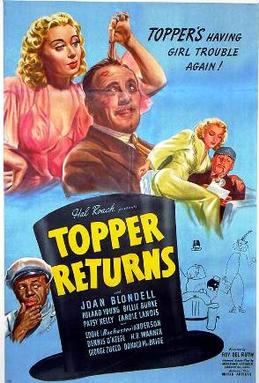 |
| John Payne, Linda Darnell, and Jessie Ralph in Star Dust |
Cast: Linda Darnell, John Payne, Roland Young, Charlotte Greenwood, William Gargan, Mary Beth Hughes, Mary Healy, Donald Meek, Jessie Ralph. Screenplay: Robert Ellis, Helen Logan, Jesse Malo, Kenneth Earl, Ivan Kahn. Cinematography: J. Peverell Marley. Art direction: Richard Day, Albert Hogsett. Film editing: Robert L. Simpson. Music: David Buttolph.
Character actors gave a lot of energy to Hollywood movies of the '30s and '40s; they were depended on to bring a little of the pleasure of recognition to audiences who were familiar with their more or less established characteristics. So it's interesting to see two of the best cast against type in Star Dust, a fair-to-middling comic romance, designed around the up-and-coming Linda Darnell, whose ascent to stardom it's very loosely based on. Donald Meek, for example, had been typed from the beginning by his own surname, playing mousy, subservient types like the whiskey salesman whose sample case gets plundered in Stagecoach (John Ford, 1939). In Star Dust he's a casting director at a Hollywood studio, still subservient to the studio head played by William Gargan, but also conniving to advance the career of starlet June Lawrence (Mary Beth Hughes), with whom, if you know how to decode Breen Office censorship, it's suggested that he's been sleeping -- or at least plans to. Also cast against type is Roland Young, who often played underdogs with an edge, like the schemingly humble Uriah Heep in David Copperfield (George Cukor, 1935) or the henpecked Topper in a series of movies starting with Topper (Norman Z. McLeod, 1937). In Star Dust he's Thomas Brooke, a former silent movie star who now works as a talent scout for Amalgamated Pictures. On a scouting trip he discovers Carolyn Sayers (Darnell) in a small Arkansas town, but decides not to bring her to Hollywood because she's only 16. He returns to Hollywood with two discoveries: a football player, Bud Borden (John Payne), and a singer, Mary Andrews (Mary Healy). To Brooke's surprise, Carolyn turns up too, having forged a letter under his name recommending her to the studio. He overlooks this misdemeanor and decides to promote her anyway. The rest of the plot is the usual now they've got it, now they don't stuff about breaking into the movies. Mary Healy gets to sing the title song, the Hoagy Carmichael standard; she does it well enough, though nobody ever sang it better than Hoagy himself. Charlotte Greenwood, a celebrated comic actress on the stage, makes one of her few memorable movie appearances as an acting coach. Darnell is quite fresh and lovely, though the scene that provides her break into the movies displays her limitations as an actress even though it wows the audience in the film. Payne is likable as the handsome football player who keeps getting his nose broken before he's supposed to make a crucial screen test.






















_poster.jpg)
